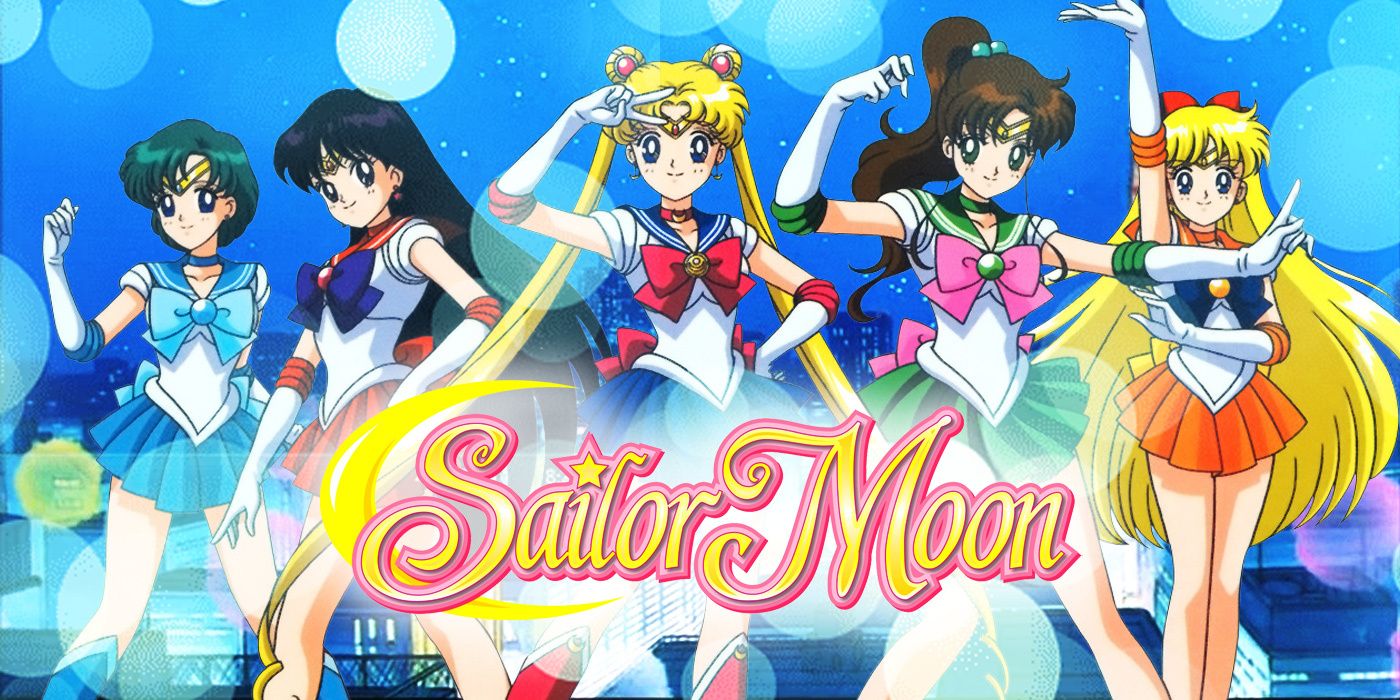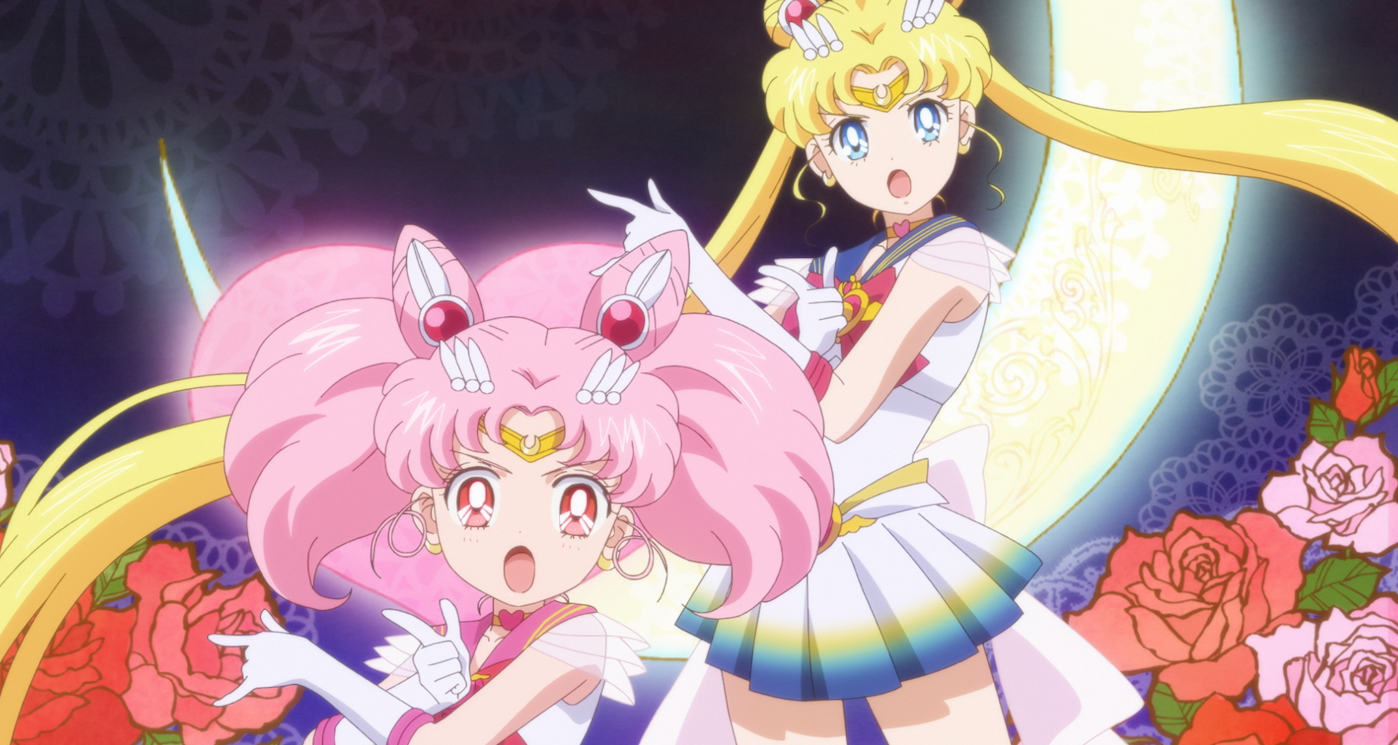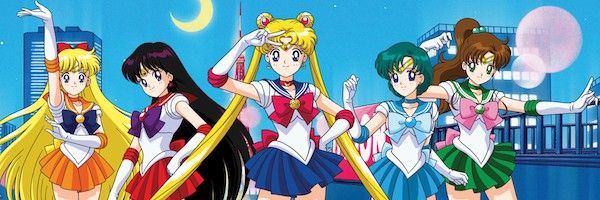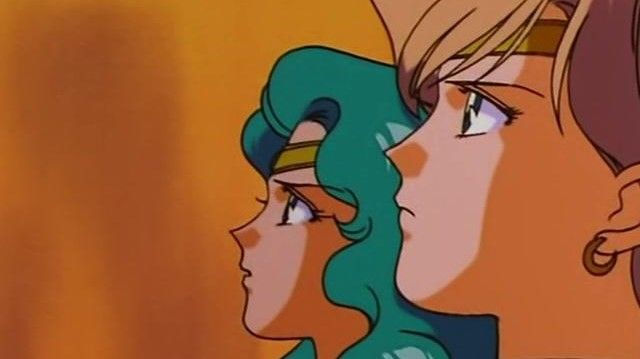Sailor Moon, one of the most popular anime series on the planet, celebrates its 30th anniversary this year. Since its inception, the adventures of Usagi Tsukino and her fellow Sailor Soldiers has captured the attention of a generation and inspired other works, both East and West. To fully examine Sailor Moon's impact, we have to go back to the year 1991 and the genesis of the manga, and how it completely upended the entire shoujo genre in the process.
The Sailor Moon series was created by Naoko Takeuchi, following her work on the Codename: Sailor V series. 14-year-old Usagi discovers a black cat named Luna - who happens to be able to talk! Luna is searching for the Moon Princess Serenity and asks Usagi to become one of the Sailor Senshi in order to battle the forces of the Dark Kingdom and their leader Queen Beryl. Along the way, Usagi is joined by four other Sailor Senshi: Minako Aino, who had been secretly fighting evil as Sailor Venus (and served as the protagonist of Codename: Sailor V); Rei Hino, a priestess-in-training who became Sailor Mars; highly intelligent Ami Mizuno, who became Sailor Mercury; and finally Makoto Kino, a rough and tumble tomboy who became Sailor Jupiter.
One of the biggest draws of Sailor Moon is the interactions between the newly minted Sailor Scouts. Usagi is extremely emotional and disinterested in things like school, but her time with the Sailor Senshi features her growing up and becoming more self-dependent. The same goes for Ami, who learns to not seek approval from others. Rei usually butts heads with Usagi, but the two eventually become friends. And Minako tends to be the most experienced Senshi, as she was the first one awakened and the first to do battle with the Dark Kingdom who had taken the form of the Dark Agency. Even though they all come from different walks of life, they grow to be close friends and would lay down their lives for each other — and even do at the end of the first season before being resurrected to defeat the Dark Kingdom's leader Queen Beryl.
The series also codified a number of tropes that continue to show up in magical girl anime to this day. Before Sailor Moon, most magical girls didn't battle evil monsters or have to balance schoolwork with saving the world. Now, series including Cardcaptor Sakura and Miraculous: Tales of Ladybug & Cat Noir incorporate similar tropes in their narratives, to the point where they've become commonplace. Sailor Moon itself incorporated tropes from another popular series in Japan, Super Sentai, especially the live-action version of the series titled Pretty Guardian Sailor Moon. The Sailor Moon anime was also fast-tracked in America due to the popularity of Mighty Morphin Power Rangers, which drew its own inspiration from the Super Sentai series Kyoryu Sentai Zyuranger.
But perhaps the biggest element that ran throughout Sailor Moon was the theme of love, and how different characters approached it. Usagi would find love in the arms of her classmate Mamoru, who is secretly the mysterious Tuxedo Mask. The second season of the anime, Sailor Moon R, even saw Usagi and Mamoru meeting their future daughter Chibiusa - who becomes Sailor Chibi Moon. The other girls have their own romantic misadventures; Minako, in particular, had an ill-fated romance during the events of Codename: Sailor V. Rei is uninterested in romance, which stems from her trust issues and her less-than-amicable relationship with her politician father. And future Sailor Senshi Uranus and Neptune are in an open relationship. The anime also wasn't afraid to break the barriers of gender roles; though she was a tomboy, Makoto wants to get married one day. Sailor Uranus is often shown wearing men's clothing in her civilian identity of Haruka Tenou, and the Dark Kingdom general Zoisite was an openly gay man. Keep in mind, Sailor Moon was released in the '90s; for an anime to tackle themes of queerness was unheard of for its time.
Unfortunately, these themes were buried in the English dub of the series, which underwent heavy censorship. As part of this censorship, Zoisite and his fellow Dark Kingdom general Fisheye were changed from male to female, and in perhaps the most controversial change Sailors Uranus and Neptune were depicted as "cousins" — which adds a rather incestuous layer to their relationship. VIZ Media brought the rights to Sailor Moon in 2014, and set out to re-dub the entire series, restoring the original characterizations and themes in the process. To celebrate the series' 20th anniversary, Toei Animation released a reboot of the anime titled Sailor Moon Crystal, which hews more closely to the anime.
Sailor Moon became a bona fide phenomenon upon its release; a large part of that has to do with the timing of its release. When the English dub first started airing, the Internet was starting to become a hub for fandom - meaning that fans had a new forum to share their thoughts (although they had to use message boards in lieu of Twitter.) Sailor Moon also debuted during the "Girl Power" movement in the '90s, and its themes of female friendship and characters embracing their femininity. Even after 30 years, Sailor Moon continues to serve as an inspiration to creators and fans alike, with actors and musicians including Megan Fox and Lizzo citing the series as a favorite of theirs.




